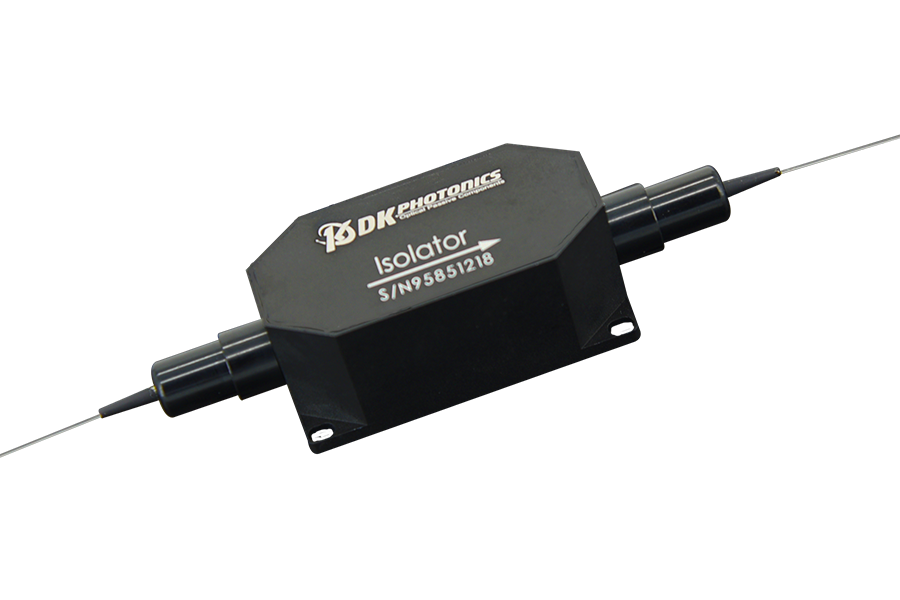In optical systems, light reflections and backscattering can result in major issues, ranging from photodetector noise to instability in the light sources. Feedback due to reflection or backscattering to a photodetector or other components of an optical system can have a variety of undesirable effects. Sometimes the issue is so serious that the system as a whole becomes underperforming or completely useless.
To prevent such issues, optical isolators are required in optical systems. An optical isolator is a nonreciprocal and passive optical device that works similarly to an electric circuit’s diode in that it transmits optical waves in one direction while blocking them in the other. 1064nm High Power Isolator, 1080nm High Power Isolator, 1030nm High Power Isolator, and 980nm High Power Isolator are some of the most widely used optical isolators to prevent backscattering or light reflection in optical systems.
The insertion loss, return loss, and reverse isolation are the three main characteristics of an optical isolator. The insertion loss should be as low as possible for a good isolator, but the return loss and reverse isolation should be as high as possible for a high-performing high-power optical isolator. Furthermore, for an isolator to be functionally effective, the return loss must be greater than the reverse isolation.
The Faraday rotators are essential parts of optical isolators because only the Faraday effect can provide the nonreciprocity in transmission needed by these devices. And based on the Faraday effect, an optical isolator can be categorized mainly as:
Polarization-dependent isolators
Three components make up the polarization-dependent isolator: an input polarizer, a Faraday rotator, and an output polarizer. The input polarizer causes light moving ahead to become vertically polarized. The polarization will spin 45° in the Faraday rotator. The light can then pass through the isolator with help of an analyzer. The analyzer applies a 45° polarization to light moving backward. The polarization will once more be rotated by 45° by the Faraday rotator. It indicates that the light is horizontally polarized. The light will go out since the polarizer is vertically oriented.
Polarization-independent isolators
Input birefringent wedge, Faraday rotator, and output birefringent wedge make up the three components of the polarization-independent isolator. The input birefringent wedge separates light flowing forward into its vertical and horizontal components, known as the ordinary ray and the extraordinary respectively. Both the o-ray and the e-ray spin 45 degrees in the Faraday rotator. It indicates that the o-ray and e-ray are now at 45° and 45°, respectively. Then, the two elements are once again combined by the output birefringent wedge.
What’s the difference?
A polarization-independent isolator transmits all polarized light, but a polarization-dependent isolator only admits light that is polarized in a certain direction. As a result, optical fiber amplifiers frequently use it. Also, if the extinction ratio matters, polarization maintaining fibers or even standard single-mode fibers will work best with a polarization-dependent isolator. A polarization-independent isolator should be used as an obvious choice if the system is not polarization-dependent.
Both isolators feature a three-part design and operate on the same Faraday effect concept. However, the polarization-independent isolator has been designed to get around the limitation of the polarization-dependent isolator. You can easily pick a high-power isolator depending on your specific application requirements from DK Photonics in any quantity and configuration. Contact us for more details.


Leave A Comment